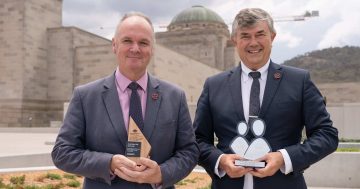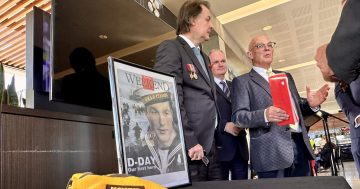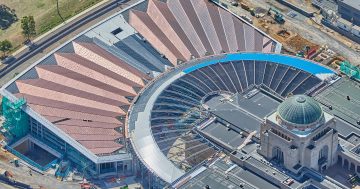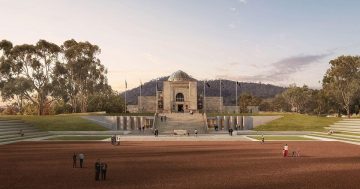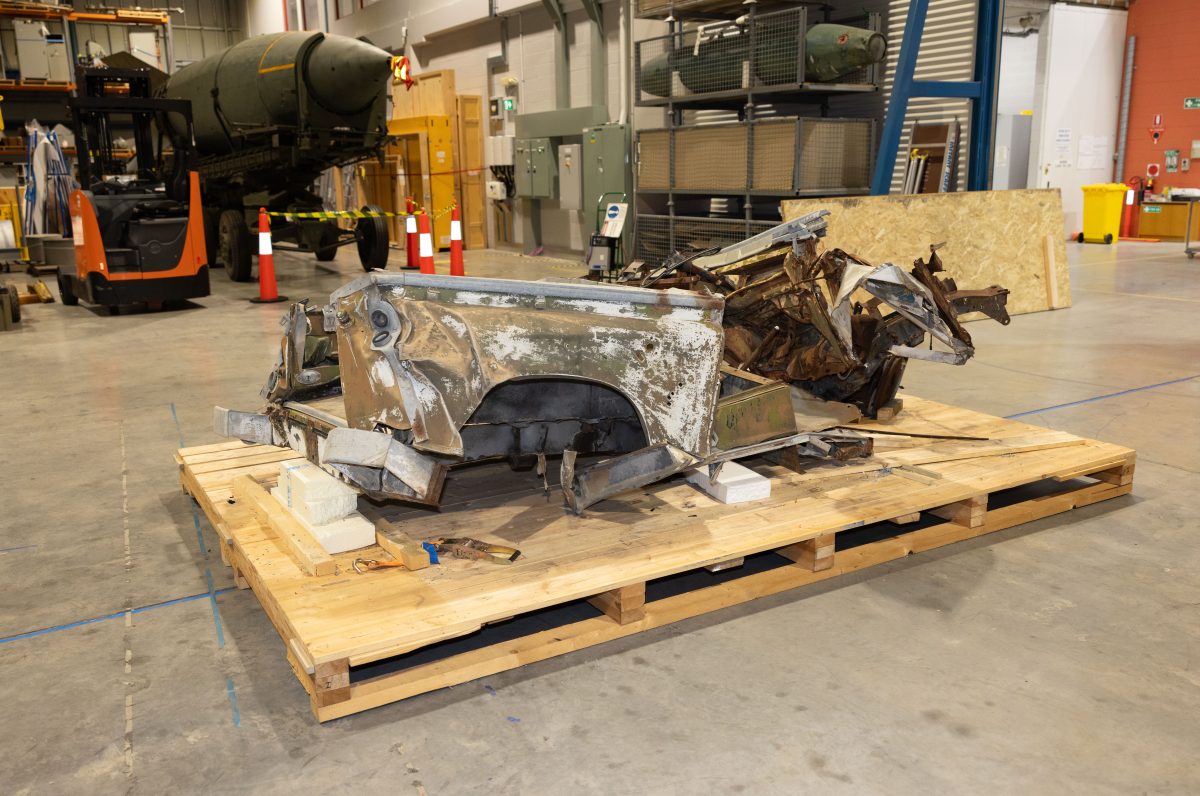
The Cyprus Land Rover sat in a minefield for decades until the mines were cleared in 2016. Photo: Australian War Memorial.
Keeping the peace can be deadly work – that’ll be the message clearly portrayed by the centrepiece of the Australian War Memorial’s new gallery when it opens to visitors in early 2026.
The story begins in Cyprus in 1974.
Sergeant Ian Ward, formerly a NSW police officer, had volunteered to join a peacekeeping force assigned to de-escalate violence between the Greek and Turkish factions on the east of the island.
On 12 November, Ward was five days into the 12-month deployment, and alongside another Australian, Senior Sergeant John Woolcott, driving a father and his three daughters across the buffer zone in a white-coloured UN-issued Land Rover.
Suddenly, there was an explosive blast. The Land Rover was ripped to pieces, and Ward and the father were killed instantly. It turned out they had driven across an unmarked minefield.
Woolcott and the three girls were airlifted to hospital as the only survivors.
Melissa Cadden, a senior curator at the Australian War Memorial, came across this story while researching for items to include in the new Australian Peacekeeping: 1947 to today gallery.
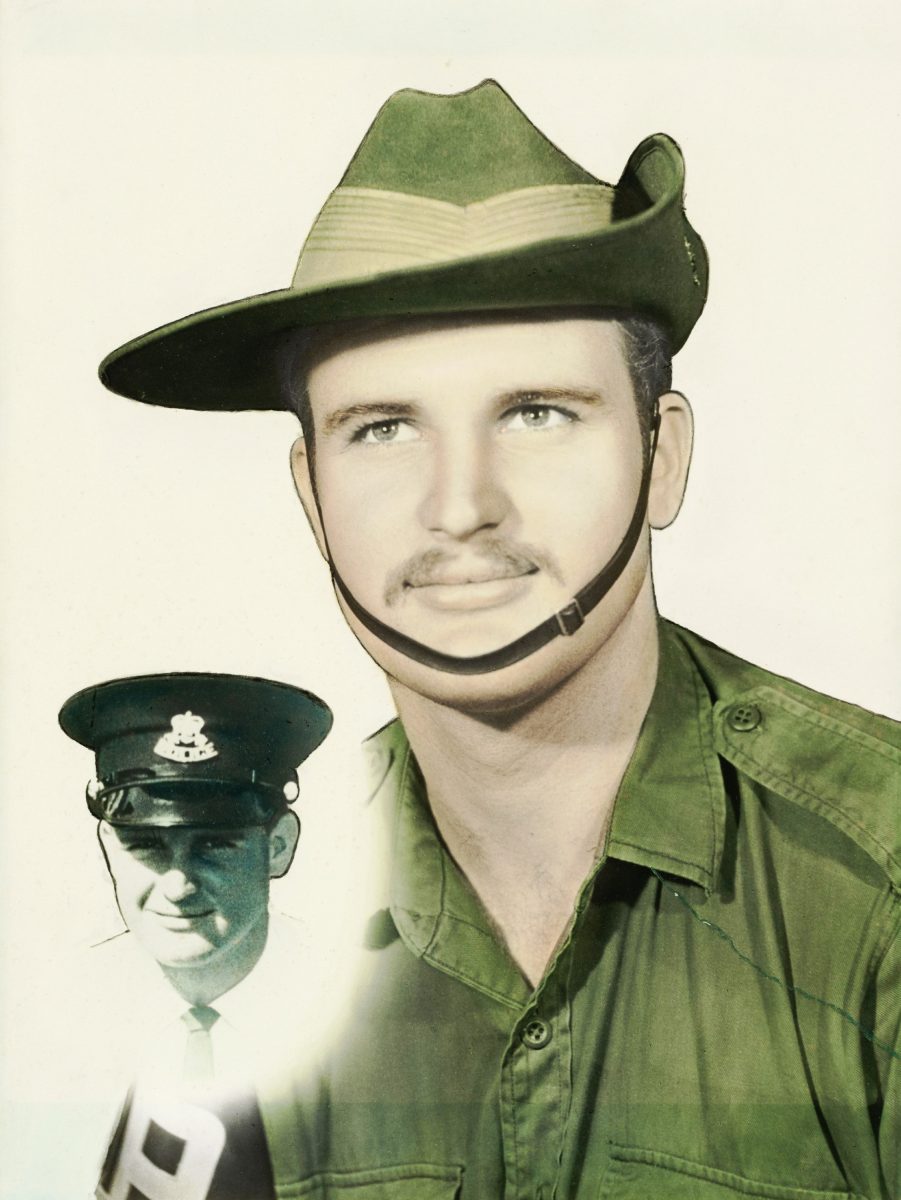
Australian peacekeeper Sergeant Ian Ward was killed in a peacekeeping operation in Cyprus in 1974. Photo: Australian War Memorial.
When it opens in early 2026 as part of the $550 million redevelopment of the Memorial, this will recognise all of Australia’s peacekeeping operations in a single gallery, including those in East Timor, Bougainville, Solomon Islands, Cambodia, Rwanda, Somalia and more.
“I came across a photograph in the collection from the 1990s of this wrecked vehicle sitting by the side of the road in a field, neglected and barely visible from underneath the vegetation,” Cadden recalls.
A plaque next to the rusting wreck briefly recounted the story of what had happened and how – in 2016 – the minefield was cleared and the vehicle moved to within a UN Protected Area.
It was enough to pique the Memorial’s interest, and in March 2024, director Matt Anderson travelled to Cyprus to see what remained of the Land Rover could be transferred to Canberra.
With the help of the Australian High Commissioner to the Republic of Cyprus, Fiona McKergow, that day has now come.
“It’s been out in the weather in that minefield for decades, so there’s a lot of physical deterioration,” Cadden says, but she also adds several of the Land Rover’s unique aspects have survived.
“The white UN paint remains, and there’s also the small stencil of a kangaroo, and that was something the Australians applied to all of the vehicles they used in Cyprus.”
When the gallery welcomes its first visitors in early 2026, there’ll be plenty more to see, too, including many of the items currently tucked away in the War Memorial’s archives in Mitchell.
“Previously, our gallery dedicated to these operations was quite small and had limited space, so we’ll be able to tell a more in-depth story with this new space,” Cadden says.
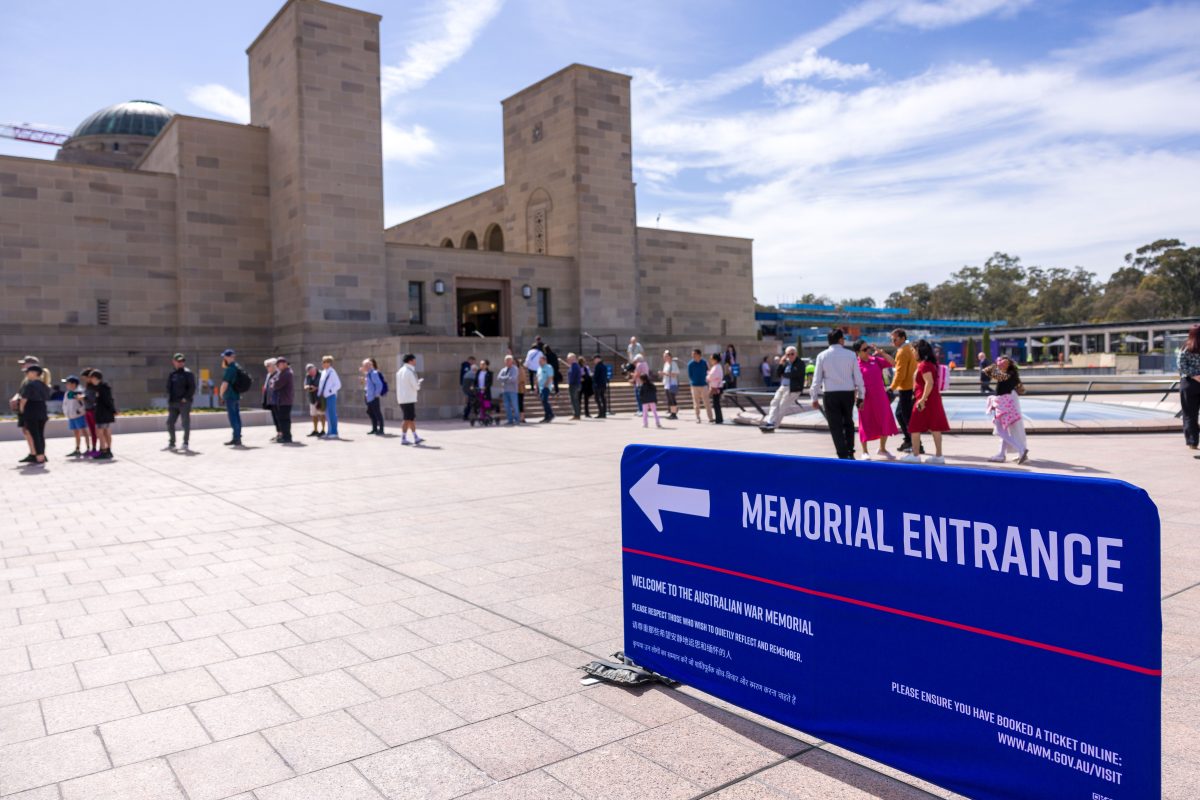
The new gallery will open in early 2026. Photo: Australian War Memorial.
The goal is to “enhance the Australian public’s understanding of the risks and the dangers that have been faced by Australian peacekeepers since they first deployed into the field in 1947”.
“The Ian Ward vehicle will be one of the first objects the visitor encounters when they walk into the gallery, and that’s quite a deliberate decision because when we were researching this, one of the topics that came up was around a lack of recognition for peacekeeping operations,” Cadden says.
“Peacekeeping isn’t the absence of conflict. Peacekeepers are actually deployed during active conflicts to protect civilians. They put themselves on the line to do a very difficult job.
“What this vehicle does is straight up reveals the threats and dangers and the risks of peacekeeping.”
Australian Peacekeeping: 1947 to today will open in early 2026 in the new Anzac Hall, alongside new galleries on the Middle East, Afghanistan, Iraq and Syria.
Original Article published by James Coleman on Riotact.



